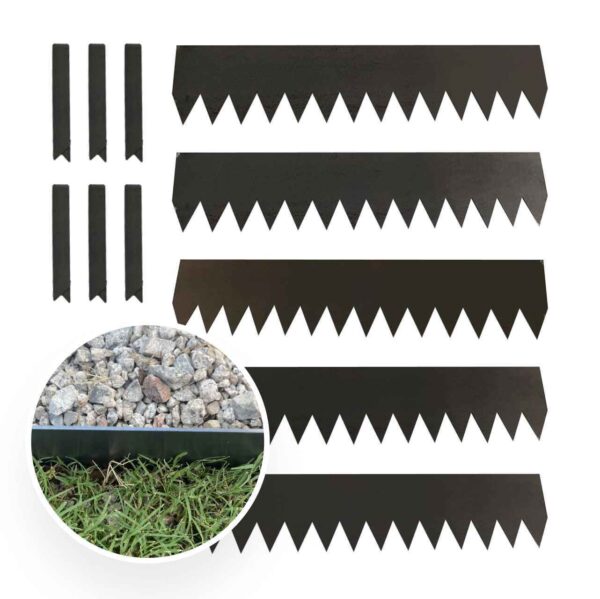How to Optimize Stitch Density for Perfect 3D Puff Embroidery

3D Puff Embroidery is a popular technique that creates bold, raised designs on caps, jackets, and other apparel. However, achieving the perfect 3D Puff Embroidery Digitizing requires precise stitch density to ensure clean, professional results. Incorrect stitch settings can lead to distortion, thread breaks, or uneven puff effects.
In this guide, we’ll explain how to optimize stitch density for 3D Puff Embroidery Digitizing, ensuring high-quality designs that stand out. Whether you’re an embroidery professional or a beginner, these expert tips will help you master this unique embroidery technique.
What is Stitch Density in 3D Puff Embroidery?
Stitch density refers to the number of stitches per unit area in an embroidery design. In 3D Puff Embroidery, stitch density plays a crucial role in defining the structure and appearance of raised designs. Unlike flat embroidery, which relies on tight, compact stitching, 3D Puff Embroidery requires a balance between loose stitches for depth and tight stitches for clean edges.
Key Factors Affected by Stitch Density in 3D Puff Embroidery:
✔ The height and sharpness of the raised effect
✔ The durability and strength of the design
✔ The ability of stitches to cover the foam completely
✔ Prevention of thread breakage or distortion
Best Practices to Optimize Stitch Density for 3D Puff Embroidery
To achieve high-quality 3D Puff Embroidery Digitizing, follow these essential tips:
1. Adjust Stitch Density Based on Foam Thickness
- The thickness of the foam used in 3D Puff Embroidery determines the required stitch density.
- For 2mm foam, use a moderate density to prevent over-compression.
- For 3mm+ foam, reduce stitch density to allow stitches to sit smoothly over the foam without excessive pressure.
2. Reduce Stitch Density in Puff Areas
- Unlike standard embroidery, 3D Puff designs require a lower stitch density to allow the stitches to rise properly over the foam.
- Overly dense stitches can crush the foam, reducing the 3D effect.
- A density setting of 0.3 to 0.5mm is typically ideal for puff embroidery.
3. Use Satin Stitches for Clean Edges
- Satin stitches work best for 3D Puff Embroidery Digitizing, as they provide a smooth, raised look.
- Ensure satin columns are wide enough (at least 3-5mm) to fully cover the foam without gaps.
- Avoid fill stitches, as they can flatten the puff effect.
4. Adjust Underlay Stitches for Stability
- Underlay stitching should be minimal or completely removed in puff areas to prevent excessive compression.
- Use a light zigzag underlay only if needed for extra support.
5. Increase Pull Compensation for Puff Designs
- Puff embroidery requires higher pull compensation to account for the distortion caused by foam.
- Increase pull compensation by 0.2mm – 0.4mm to ensure the stitches align correctly over the raised surface.
6. Use the Right Thread Tension
- Reduce thread tension slightly to prevent stitches from pulling too tight and crushing the foam.
- Looser tension allows the top thread to flow smoothly over the puff area.
7. Use High-Quality Foam and Thread
- Use high-density embroidery foam to maintain the design’s shape and structure.
- Choose strong, smooth embroidery threads such as polyester or rayon for durability.
8. Digitize Properly for Clean Edges
- Digitizing USA recommends extending stitches slightly beyond the foam edges to ensure full coverage.
- Add cap stitches at the end of puff areas to secure the design and prevent loose threads.
Why Proper Stitch Density Matters for 3D Puff Embroidery
Optimizing stitch density in 3D Puff Embroidery Digitizing enhances:
✔ Durability – Prevents thread breaks and distortion.
✔ Sharpness – Creates crisp, clean edges.
✔ 3D Effect – Ensures maximum puff height without crushing the foam.
✔ Efficiency – Reduces stitch count and production time.
By following these best practices, you can achieve professional-grade 3D Puff Embroidery designs that look sharp, well-defined, and long-lasting.
Conclusion
erfecting 3D Puff Embroidery Digitizing requires careful stitch density adjustments, proper underlay techniques, and high-quality materials. By implementing the expert techniques outlined in this guide, you can create stunning 3D puff embroidery designs with sharp edges, excellent durability, and a bold, raised effect.
At Digitizing USA, we specialize in professional 3D Puff Embroidery Digitizing services, ensuring machine-ready files optimized for perfect results. Whether you’re creating custom caps, jackets, or promotional items, our expert digitizing team ensures flawless embroidery with every design.
Need high-quality 3D Puff Embroidery Digitizing? Contact Digitizing USA today and get perfectly digitized designs with quick turnaround times!
✅ Why Choose Us?
✔ Experienced embroidery digitizing professionals
✔ Precision-crafted designs for flawless embroidery
✔ Quick turnaround and affordable pricing
✔ Customer satisfaction guaranteed
Let us help you bring your 3D puff embroidery designs to life with expert digitizing services tailored to your needs!









